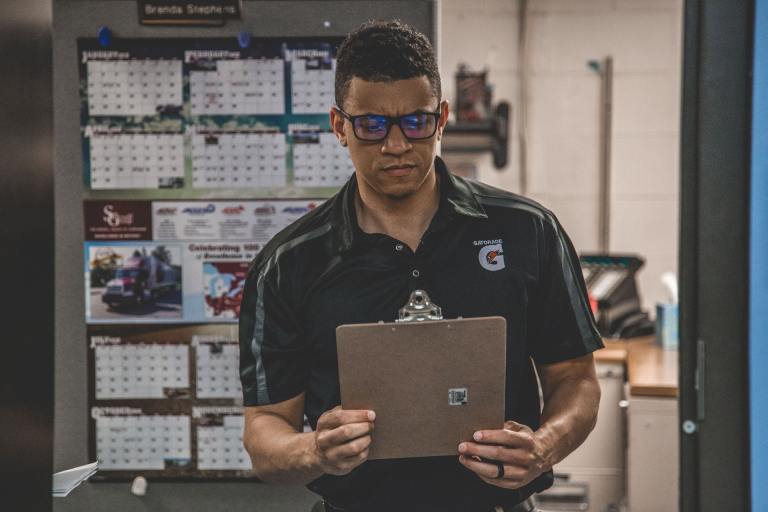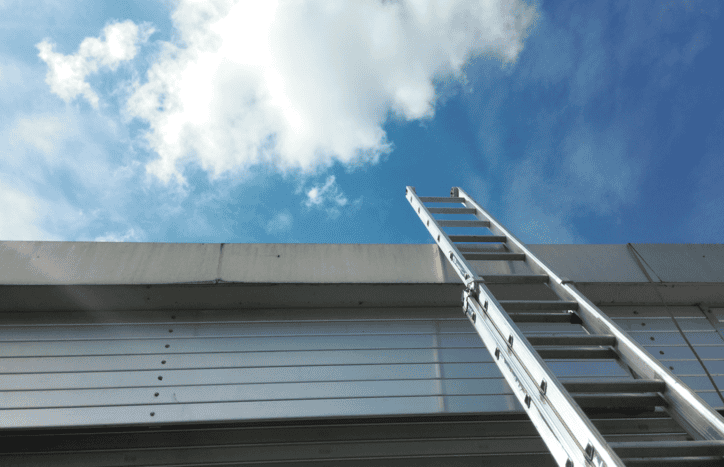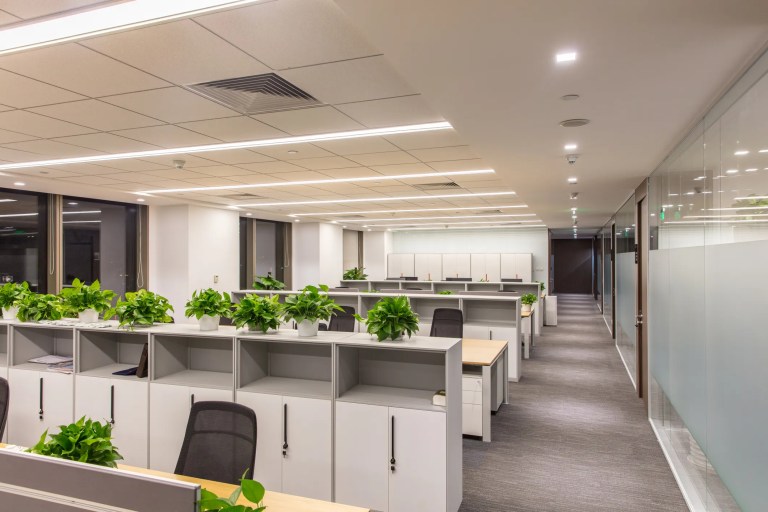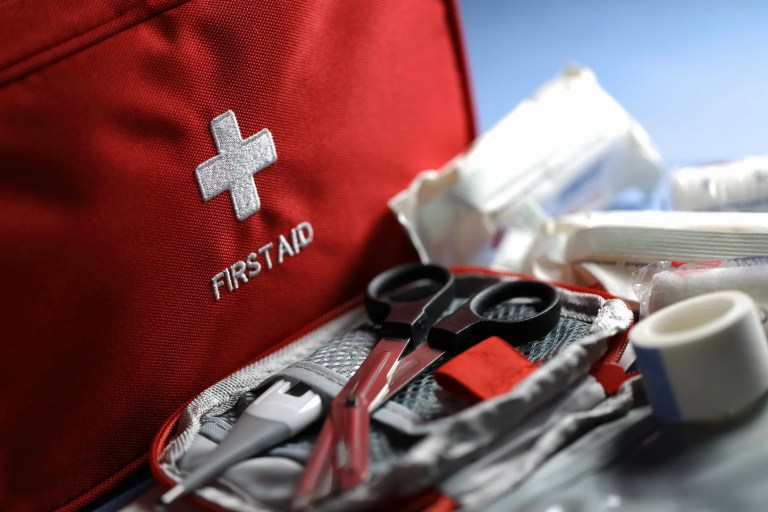ISO 8255-1:2017—Microscope Cover Glasses
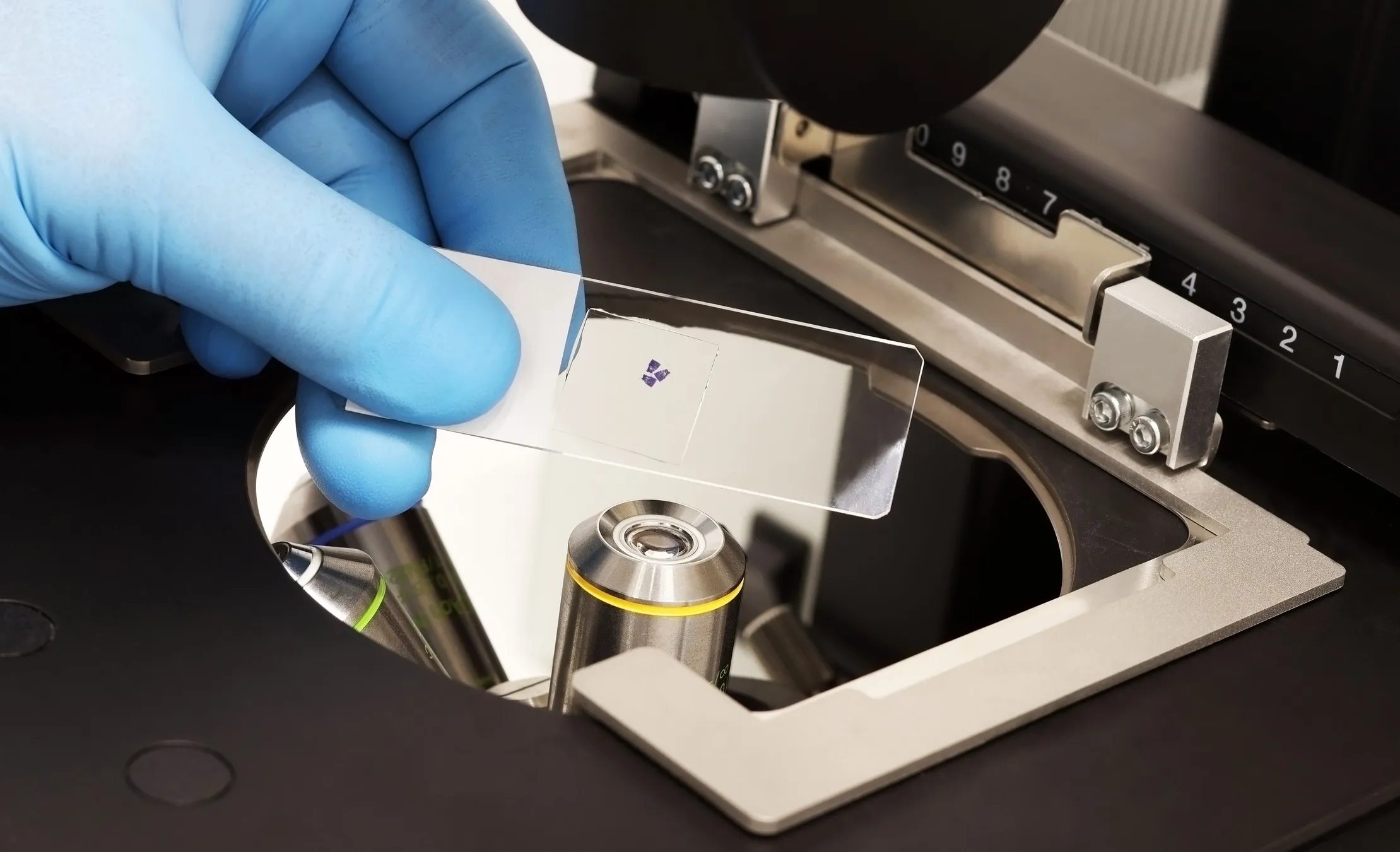
Scientific laboratories need high-precision microscope slides and cover glasses for a wide range of uses, ranging from simple optical microscopy to more advanced cytology and histology applications. ISO 8255-1:2017—Microscopes – Cover Glasses – Part 1: Dimensional Tolerances, Thickness And Optical Properties provides specifications for microscope cover glasses.
What Is Cover Glass Used on Microscope?
A cover glass, also called a coverslip, is typically made of thin, flat pieces of transparent glass (usually rectangular or square in shape) used to cover specimens viewed on a microscope slide. It is typically 20 mm wide and less than a millimeter thick. The cover glass flattens the specimen, enhancing the viewing and minimizing the evaporation rate of the sample. It holds the specimen in place either by the weight of the slip or a wet mount created surface tension. Also, it protects the specimen from contamination from the environment, such as dust, debris, and accidental contact. In all cases, the microscope glass ultimately helps deliver the clearest possible image and highest quality data output.
What Is ISO 8255-1?
ISO 8255-1:2017 specifies requirements for dimensional tolerances, thickness, and optical properties for microscope cover glasses used for transmitted light microscopy in the visible spectral range (400 nm to 760 nm). The standard takes into account the immersion media (air, water, glycerol, immersion oil) when selecting cover glasses. The proper selection of the cover glass type also depends on the application and individual properties of the objective. When using microscope objectives with high numerical aperture, deviations from the nominal cover glass thickness leads to severe optical aberrations, mainly spherical aberration.
Ways to Put a Glass Cover on a Microscope Slide
There are four common ways to mount a microscope slide:
- Dry Mount: the specimen is placed directly on the slide. Dry mounts are suitable for specimens such as samples of pollen, hair, feathers or plant materials.
- Wet Mount: a drop of water is used to suspend the specimen between the slide and cover slip. Wet mounts are suitable for studying water-bound organisms such as paramecium or bodily fluids such as saliva, blood and urine.
- Section Mount: an extremely thin cross-section of a specimen is used.. Section mounts are suitable for useful for a wide variety of samples such as fruit, vegetables and other solids that can be cut into small slices.
- Smear: is made by carefully smearing a thin layer of the specimen across a slide and then applying a cover slip.
Advantages of Using a Coverslip When Preparing Specimen
Coverslips serve one primary purpose: keeping any solid or liquid specimens placed flat and evenly to allow high resolutions microscopes to focus within their limited region. The use of cover slips stimulates the quality of a sample’s image under the microscope. Glass is the optimal material for coverslips because it does not depolarize or scatter light; it is not subject to autofluorescence in the same way that plastics are.
ISO 8255-1:2017—Microscopes – Cover Glasses – Part 1: Dimensional Tolerances, Thickness And Optical Properties is available on the ANSI Webstore.

